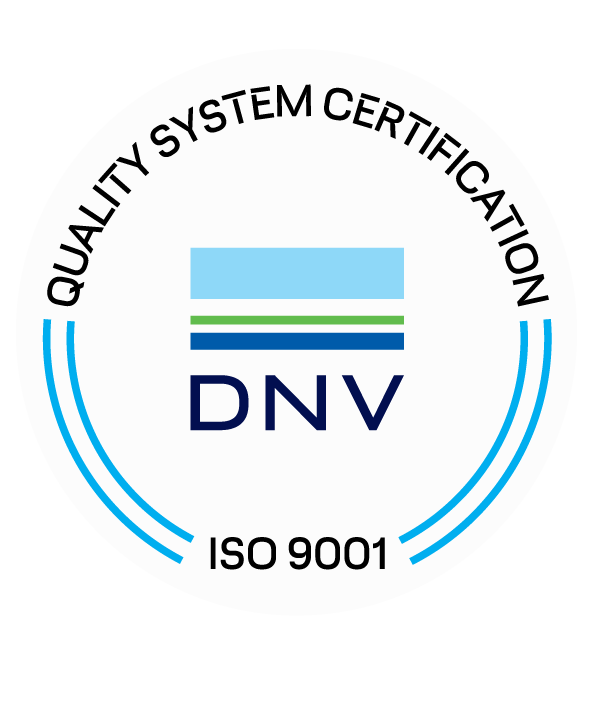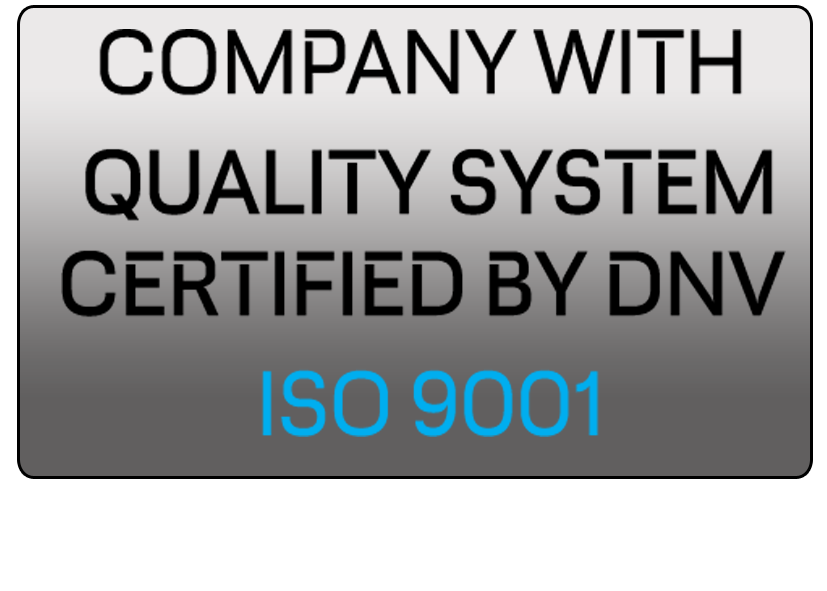A galvanic anode is the main component of a galvanic Cathodic Protection (CP) system used to protect buried or submerged metal structures from corrosion. They are made from a metal alloy with a more "active" voltage (more negative electrochemical potential) than the metal of the structure. The difference in potential between the two metals means that the galvanic an ode corrodes, so that the anode material is consumed in preference to the structure. The loss (or sacrifice) of the anode material gives rise to the alternative name of sacrificial anode.
Anode Materials
There are three main alloys used as galvanic anodes, magnesium, aluminum and zinc. They are all available as blocks, rods, plates or extruded ribbon. Each material has advantages and disadvantages.
Aluminum
Aluminum anodes have several advantages: they are much lighter in weight, and have a much higher capacity than zinc. Their electrochemical behavior is not considered as reliable as zinc and greater care must be taken in how they are used. When aluminum strikes a rusty surface a large thermite spark may be generated, so its use is restricted in tanks where there may be explosive atmospheres and there is a risk of the anode falling. Read more about our Aluminum Anodes...
Zinc
Zinc is considered a reliable material but is not suitable for use at higher temperatures as it tends to passivate (it becomes less negative - if this happens, current may cease to flow and the anode stops working).It has a relatively low driving voltage, which means in higher resistivity soils or water it may not be able to provide sufficient current. However, in some circumstances, where there is a risk of hydrogen embrittlement for example, the low driving voltage is an advantage since overprotection is avoided. Read more about our Zinc Anodes...
Magnesium
Magnesium has the most negative electropotential of the three (see Galvanic series) and is more suitable for areas where the electrolyte (soil or water) resistivity is higher. This is usually on-shore pipelines and other buried structures, although it is also used on boats in fresh water and in water heaters. In some cases, the negative potential of magnesium can be a disadvantage. If the potential of the protected metal becomes too negative, hydrogen ions may be evolved on the cathode surface leading to hydrogen embrittlement or to disbonding of the coating , Where this is a possibility, zinc anodes may be used. Read more about our Magnesium Anodes...
Zinc and aluminum are generally used in salt water, where the resistivity is generally lower. Typical uses are for the hulls of ships and boats, offshore pipelines and production platforms, in salt-water cooled marine engines, on small boat propellers and rudders and for the internal surface of storage tanks.
Since the operation of a galvanic anode relies on the difference in electropotential between the anode and the cathode, practically any metal can be used to protect any other, providing there is a sufficient difference in potential. For example, iron anodes can be used to protect copper.






